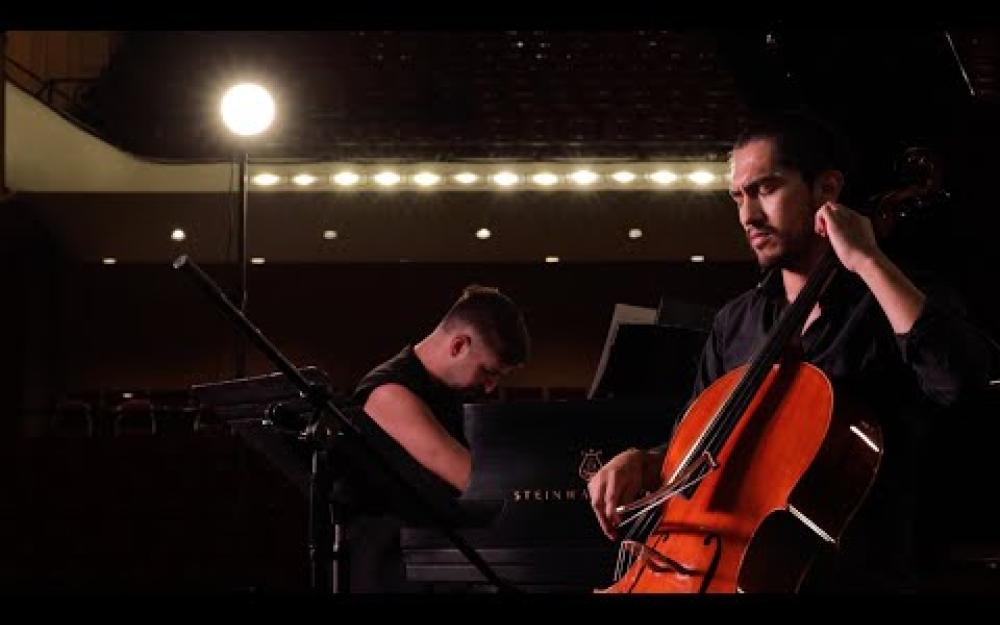Because of COVID-19, our new Akron Concert Series is beginning later than usual this season — and with safety measures in place. We'll share exciting details soon. In the meantime, we hope you enjoy our latest curated collection:
Vive la France! On this date in 1789, Parisians stormed the infamous Bastille prison. They liberating seven political prisoners as well as its cache of arms and munitions, creating what has become France’s Independence Day. Six years later, the revolutionary song La Marseillaise was adopted as the French national anthem.
Claude-Benigne Balbastre, a famous Parisian organist of the time, wrote a set of variations on the tune that might be considered the equivalent of Charles Ives’ playful Variations on ‘America’. Balbastre, who had served as organist of Notre-Dame and the Royal Chapel and taught keyboard lessons to Marie Antoinette, somehow survived the political upheaval of the Revolution.
Shared by our friends at ClevelandClassical.com, here is La Marche des Marseillois et l’air “Ça ira,” performed by Michel Chapuis on the organ at the church of St-Roch, where Balbastre played to great popular acclaim. As Charles Burney reported, Balbastre introduced into his improvisations “minuets, fugues, imitations, and every species of music, even to hunting pieces and jigs, without surprising or offending the congregation.”
Alexandre explains: “Gabriel Fauré’s Élégie, Op. 24 for cello and piano was composed in 1880, originally intended as the slow 2nd movement of a complete sonata that never came to be. Fauré’s anguish over a broken engagement to Marianne Viardot, daughter of Spanish contralto Pauline Viardot, was the impetus behind this iconic work that now stands alone. Within the music, one can hear the sadness, nostalgia, and unbearable anguish this separation must have caused him.
“Fauré expresses what my words can’t during this time in which we are all living. While this piece is filled with tragedy, there is also undeniable beauty and hope.”


